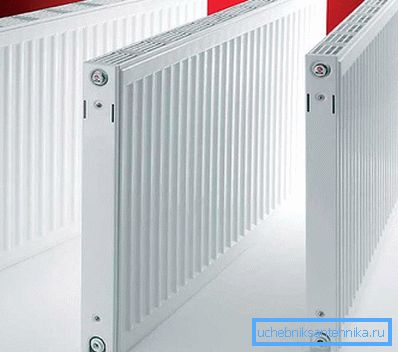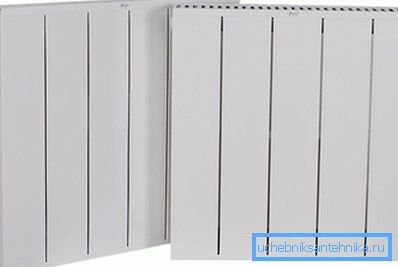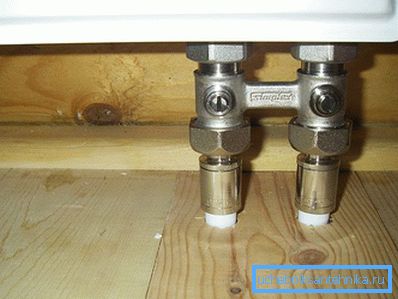How to choose a steel radiator
Any living space must be heated. An important element of the heating system is a radiator. How comfortable the conditions in your home will be depends on this device. How to choose a steel radiator with the necessary characteristics? To solve this problem, it is necessary to consider the existing types of such radiators.
Important points

When choosing a heating radiator, it is necessary to consider how compatible it is with the installed heating system. In case of inconsistency between the device’s parameters and the parameters of the heating system, a quick radiator breakage is possible. These indicators should include the maximum coolant temperature, heat transfer and pressure.
The main parameter of the radiator, which characterizes the efficiency of heat transfer - thermal power. It depends on it, what is the temperature in the room. In order to choose the right radiator, you should consider the factors that influence the ability to maintain the required temperature range. These factors include - external and internal dimensions of the room, the number of floors and windows, the thickness of the walls. Accounting for these indicators will assess the heat loss in the building and determine the power of the heating device.
When they think about which radiators to choose, they often stop on heating appliances made of steel. They are presented in a fairly wide range. Which radiator to choose so that it not only heats well, but also fits into the interior of the room?
Tubular

The composition of the tubular radiator includes two collectors: upper and lower. They are connected to each other with steel tubes. The surface of the radiators is smooth, there are no ribs on it. A special enamel is applied to the heater from above, which does not allow dust to linger on the surface. All protrusions of the radiator are rounded. This allows to refer these devices to “safety products”. There are sectional and non-sectional types of tubular radiators.
An important indicator of these devices is the thickness of the metal from which the walls of the tubes are made. Each manufacturer uses a metal or alloy of a certain thickness. This parameter should correspond to the type of water that is used as the coolant. Some manufacturers apply an internal polymer coating. This increases the service life of the device. The tubular radiator is able to withstand the maximum pressure of 15 atmospheres. Panel

Panel radiator is used mainly in low-rise buildings with autonomous heating system. This is due to the maximum possible pressure for such a radiator. It is 9 atmospheres. The structure of the radiator includes two steel sheets. Sheets are joined together by welding. This improves the reliability of the radiator. Before assembly, sheets are subjected to a stamping process. They form channels through which the coolant will move.
Steel has good thermal conductivity. To enhance this indicator, special fins are added to the radiator, which are installed and secured on the outside of the device - they increase air convection. To reduce corrosion in the manufacture of panel radiators used low carbon steel.
But the developers would have made a mistake, leaving the device without additional processing. Before assembly, the metal sheets are degreased, phosphated, enameled and subjected to a heat treatment process. As a result, the metal's corrosion resistance increases.
Sectional

This type of radiator consists of several sections. Steel sheets are used for their manufacture. Sectional radiator is very similar to the panel, but it has a smaller size. Each section has several channels through which coolant flows.
The radiator can be extended by adding additional sections. The maximum pressure that the device can withstand is 5 atmospheres. The sectional radiator is mainly used in buildings of a particular type.
Connection

Heating radiators are also distinguished by connection methods. There are side, universal and lower connections. With lateral connection, the delivery pipe comes out of the wall. She joins the top. The valves of the heating device are located between the radiator and the wall.
At the bottom connection, a temperature control system is provided. A feature of such devices is the presence of a thermostatic valve. A radiator with a bottom connection can also be connected to the heating system from the side of the wall. If the supply pipe is in the floor, a direct connection kit is used for the connection. When a pipe with a coolant comes out of the wall, an angle connection kit is applied.

Whichever type of steel radiators are chosen, the correct calculation of heat output and consideration of performance characteristics will allow heating devices to work for a long time and reliably.
Video
This video describes how to choose a steel radiator: